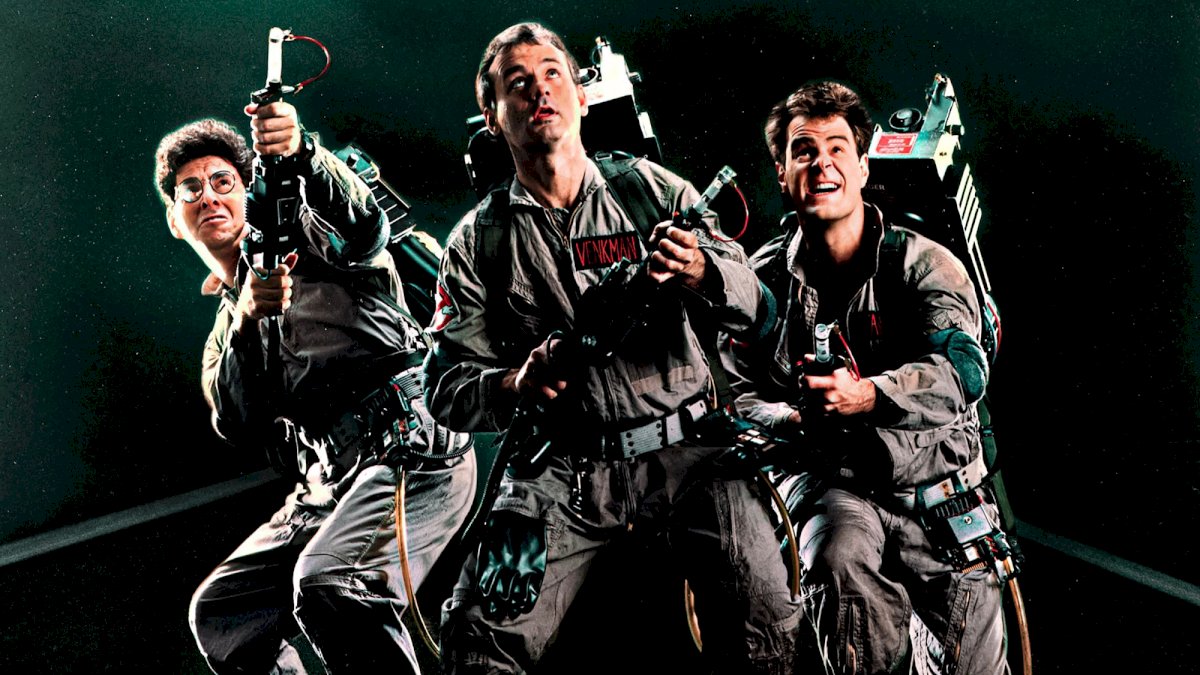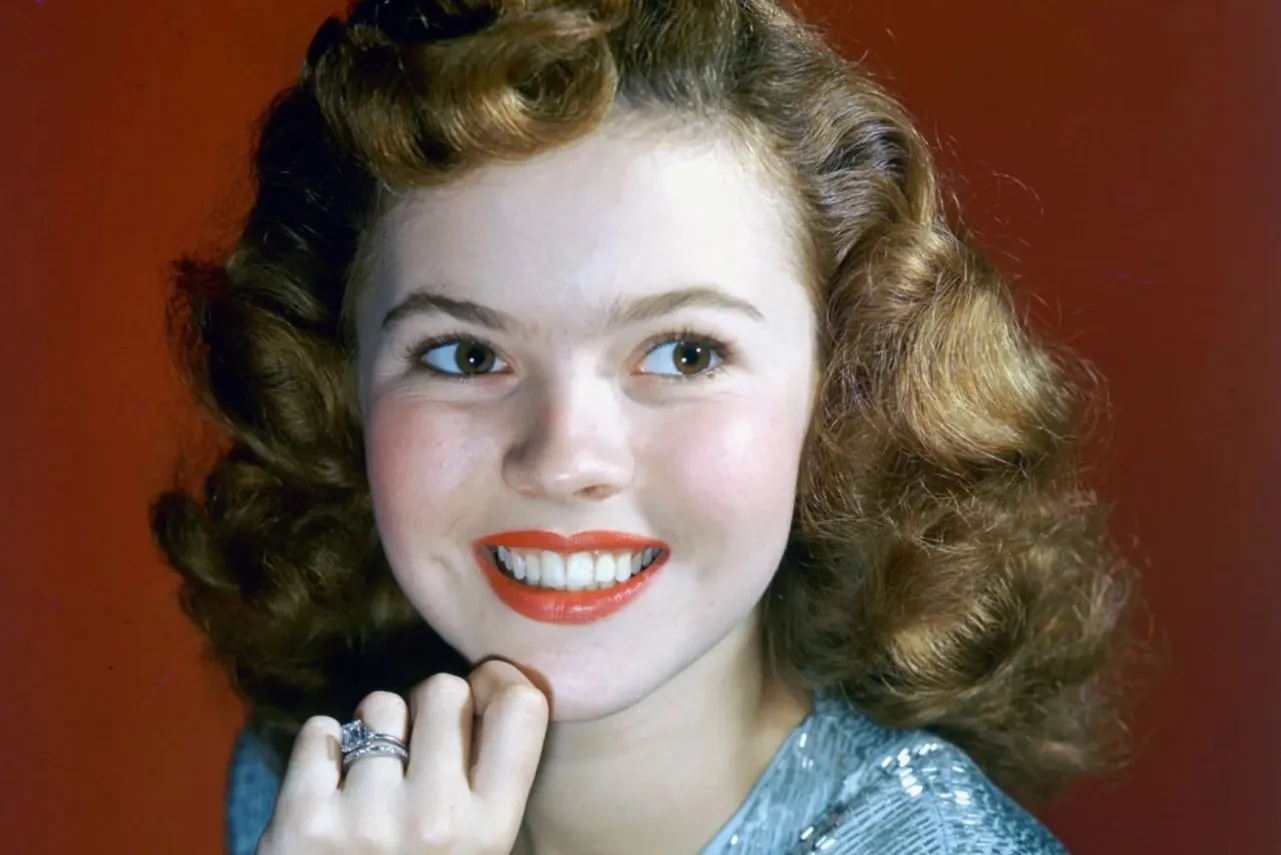In the annals of television history, there exist a select few shows that have managed to transcend time and remain beloved by audiences across generations. Among these iconic TV series, "Barney Miller" stands as a testament to the enduring appeal of smart, character-driven comedy. Airing from 1974 to 1982, "Barney Miller" was more than just a sitcom; it was a masterclass in storytelling, character development, and social commentary. In this comprehensive article, we will explore the show's origins, memorable characters, unique format, and lasting legacy.
(Watch the video below)
The Genesis of "Barney Miller"

"Barney Miller" was the brainchild of Danny Arnold, a veteran television writer and producer. The idea for the show originated from Arnold's experiences working as a New York City police officer in the 1950s, lending an authentic and gritty tone to the series. Arnold teamed up with Theodore J. Flicker to create a pilot script that captured the essence of life in a New York City police precinct. In 1974, the show was greenlit by ABC, and "Barney Miller" made its debut on the small screen.
The Precinct and Its Inhabitants
The heart of "Barney Miller" was the 12th Precinct, a fictional police station in Greenwich Village, New York City. Unlike many other police procedurals of the era, "Barney Miller" eschewed high-octane action and shootouts in favor of an intimate, character-driven narrative. The precinct became a microcosm of New York City, a melting pot of diverse personalities, backgrounds, and quirks.
At the helm of the precinct was Captain Barney Miller, portrayed brilliantly by Hal Linden. Miller was the calm, collected, and compassionate leader of the ensemble cast. His wisdom and patience served as a guiding light for both the officers under his command and the viewers at home.

The officers of the 12th Precinct were a motley crew, each with their own distinct quirks and idiosyncrasies. Detective Stan "Wojo" Wojciehowicz (played by Max Gail) was a well-intentioned but often bumbling cop, embodying the classic "good cop" archetype. Sergeant Nick Yemana (played by Jack Soo) was the precinct's dry-witted, coffee-loving veteran, while Detective Ron Harris (played by Ron Glass) was a fastidious and aspiring writer. The ensemble was rounded out by the formidable presence of Detective Sergeant Chano Amenguale (played by Gregory Sierra) and Officer Carl Levitt (played by Ron Carey), the precinct's hapless and eager-to-please gofer.
Format and Narrative Style

What set "Barney Miller" apart from its contemporaries was its unique format and narrative style. The show predominantly took place within the confines of the 12th Precinct, creating an intimate setting for the characters' interactions. Most of the episodes revolved around the comings and goings of the precinct, often with a focus on the unusual cases and eccentric citizens who found themselves in police custody.
The show's episodic structure allowed it to tackle a wide array of social and political issues of the time. From civil rights and gender equality to drug addiction and immigration, "Barney Miller" fearlessly delved into complex and sensitive subjects. It approached these topics with a deft touch, using humor to shed light on societal issues without trivializing them.

The ensemble cast's chemistry was the linchpin of the show's success. The characters' interactions were the driving force behind the humor and drama that unfolded within the precinct. Whether it was Wojo's well-intentioned blunders, Harris's intellectual pursuits, or Yemana's deadpan one-liners, each character brought their own brand of comedy to the table.
Social Commentary and Relevance

"Barney Miller" was more than just a sitcom; it was a mirror reflecting the societal changes and challenges of its time. The show addressed pressing issues such as racism, sexism, and police misconduct, providing viewers with a lens through which to examine and discuss these topics. By weaving these themes into its narrative, "Barney Miller" elevated itself from a mere comedy to a vehicle for social commentary.
One of the most notable examples of the show's social relevance was its portrayal of gay characters. In a groundbreaking episode titled "The Gay Bar," the precinct had to deal with a complaint from a gay bar owner. The episode approached homosexuality with sensitivity and humor, challenging stereotypes and advocating for acceptance and understanding.

"Barney Miller" also tackled the issue of drug addiction in an episode titled "Hash," where a young woman struggled with addiction. The show depicted the complexities of addiction with compassion, emphasizing the need for support and rehabilitation.
The show's commitment to inclusivity and diversity was ahead of its time. It featured characters from various racial and ethnic backgrounds, including African American, Hispanic, and Asian characters, reflecting the multicultural tapestry of New York City.
Legacy and Cultural Impact
While "Barney Miller" may not have achieved the same level of instant recognition as some of its contemporaries, its legacy has endured. It remains a critical and cult favorite, celebrated for its wit, humor, and insightful social commentary. The show's influence can be seen in subsequent sitcoms that adopted a character-driven, ensemble-cast format, such as "The Office" and "Brooklyn Nine-Nine."
The characters of "Barney Miller" have left an indelible mark on television history. Hal Linden's portrayal of Captain Barney Miller earned him critical acclaim and a Primetime Emmy Award for Outstanding Lead Actor in a Comedy Series. The entire ensemble cast delivered exceptional performances, with each character becoming an iconic figure in their own right.
"Barney Miller" also achieved recognition for its writing, with numerous Emmy nominations and wins. The show's ability to tackle serious issues with humor and sensitivity paved the way for a new era of socially conscious television.
Conclusion

"Barney Miller" was not just a sitcom; it was a timeless exploration of the human condition, wrapped in humor and social commentary. Its enduring popularity is a testament to its ability to resonate with audiences across generations. Through its memorable characters, clever writing, and insightful storytelling, "Barney Miller" managed to capture the essence of an era while remaining relevant in the ever-changing landscape of television.
As we revisit the precinct of the 12th Precinct and its colorful inhabitants, we are reminded of the enduring power of laughter, empathy, and the art of storytelling. "Barney Miller" may have concluded its run in 1982, but its legacy continues to shine brightly, proving that even in the realm of television, some things truly stand the test of time.


